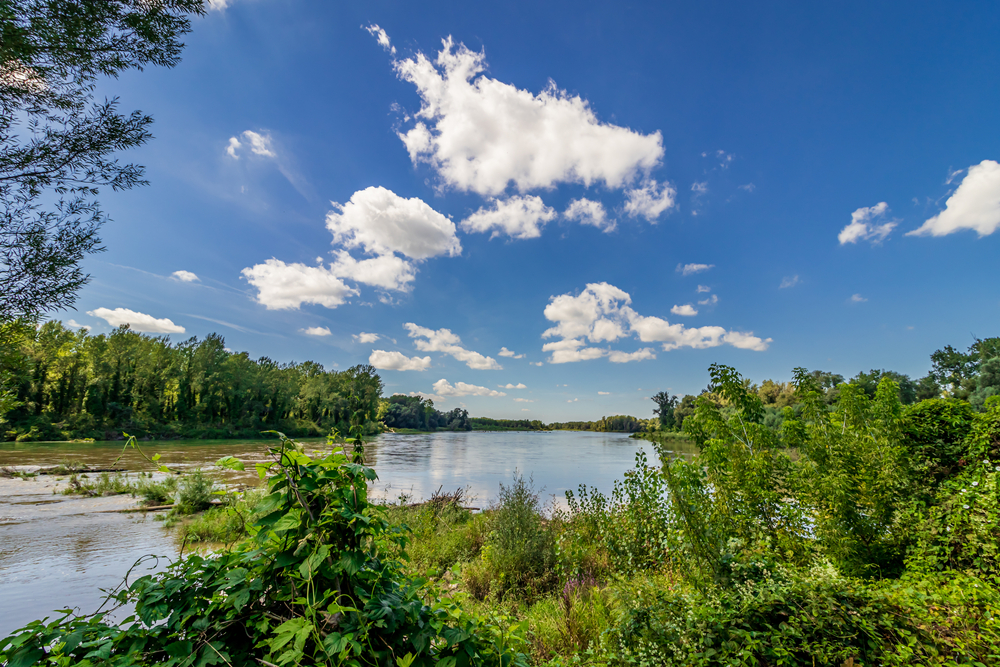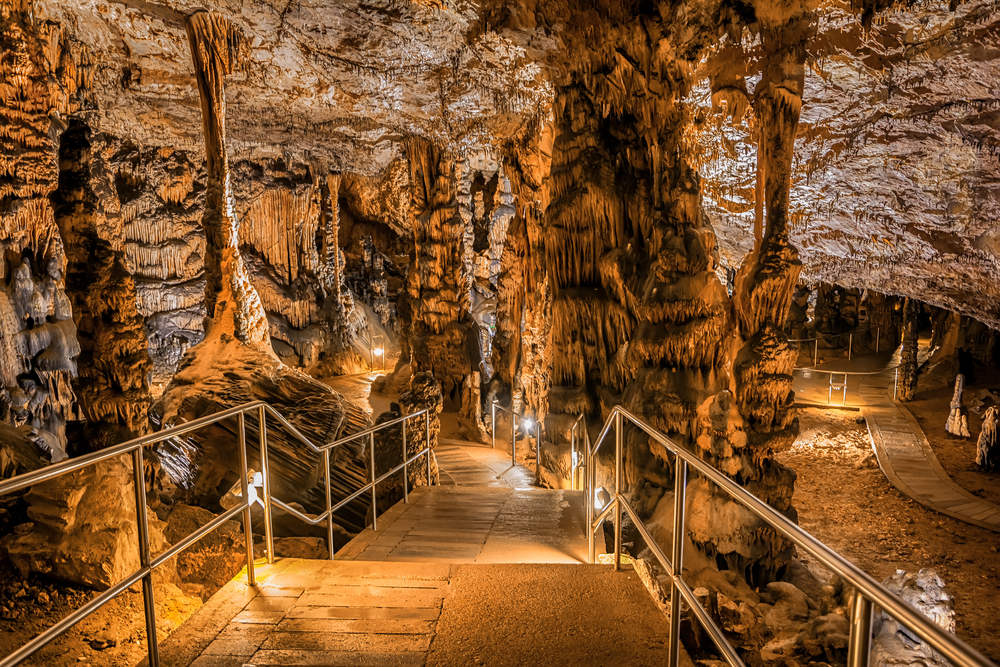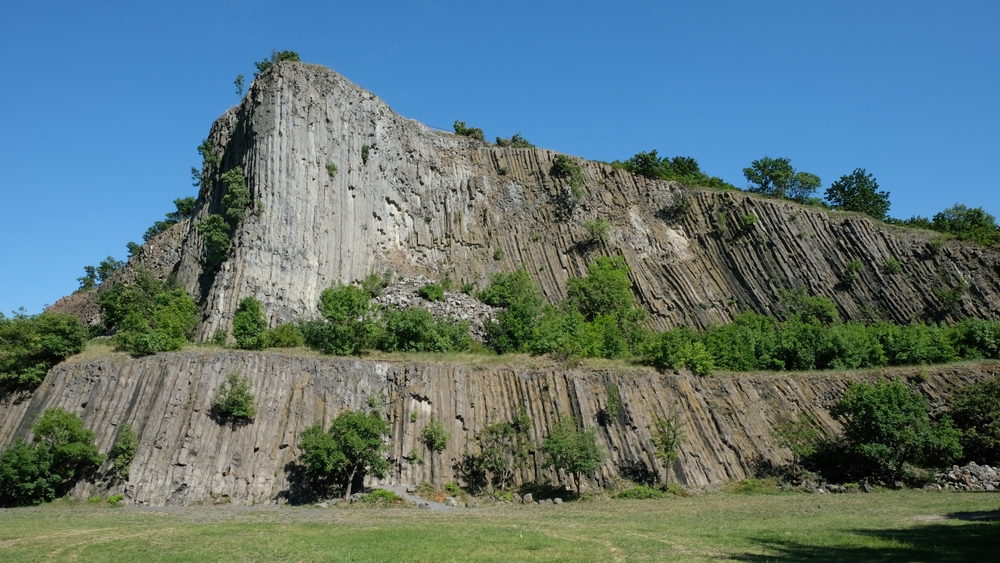Danube-Draya Overview
Danube-Drava National Park, known locally as Duna-Dráva Nemzeti Park, is a vast protected area spanning southern Hungary, covering approximately 194 square miles (500 square kilometers).
Situated along the Danube and Drava Rivers, this park extends through diverse landscapes, including floodplains, wetlands, oxbow lakes, and lush forests. Its terrain is shaped by the dynamic movement of these two rivers, which create an ever-changing network of channels, islands, and marshlands that support an incredible array of plant and animal life.
The park is renowned for its tranquil beauty, where visitors can experience the unspoiled wilderness of Central Europe, rich in biodiversity and ecological significance.
The park’s landscapes feature dense riparian forests dominated by willow, alder, and poplar trees, creating a lush green canopy along the waterways. Open meadows, reed beds, and wetland habitats offer refuge to countless species of wildlife. The dynamic interplay of land and water makes this a crucial habitat for many rare and endangered species.
The riverbanks and floodplains are particularly notable for their role in supporting migratory birds, which stop here during seasonal migrations. Additionally, the park includes numerous oxbow lakes, which serve as breeding grounds for amphibians and fish, making it a vital hub for aquatic ecosystems.
Danube-Drava National Park is home to an impressive array of wildlife, particularly bird species that thrive in its wetland environments. White-tailed eagles, black storks, and herons are commonly spotted, while numerous duck and wader species frequent the waterways.
The park is one of the last strongholds of the highly elusive black woodpecker, a species that thrives in the old-growth forests. Mammals found here include European otters, wild boars, and red deer, with beavers making a remarkable comeback in recent years, thanks to conservation efforts. The park’s extensive floodplain areas also support populations of amphibians, including fire-bellied toads and tree frogs, along with a variety of fish species that benefit from the undisturbed river ecosystems.
One of the most popular features of Danube-Drava National Park is the Gemenc Forest, a vast floodplain woodland that is among the most pristine of its kind in Europe. This area is especially famous for its diverse birdlife and is an excellent place for birdwatching and photography.
The Drava River itself, often referred to as the “Amazon of Europe,” is another highlight, with its untouched banks and crystal-clear waters offering a rare glimpse of what the region’s natural environment once looked like before human intervention. The park also features a network of nature trails, observation towers, and visitor centers, providing opportunities for educational and recreational activities.
Visitors can engage with the park in numerous ways, from guided canoe tours along the Drava River to hiking through the forests and wetlands. Cycling paths allow visitors to explore the landscapes at their own pace, while boat trips provide a unique perspective of the park’s river ecosystems.
Birdwatching is a major draw, particularly during migration seasons, when the skies come alive with the movement of thousands of birds. Educational programs and interactive exhibits at visitor centers offer insights into the park’s conservation efforts and the importance of protecting its fragile habitats.
Danube-Drava National Park faces conservation challenges, primarily due to habitat degradation, water pollution, and climate change. River regulation and dam construction upstream have altered natural water flow, impacting the park’s floodplain ecosystems.
However, conservation initiatives have led to significant successes, such as the restoration of wetland areas and the reintroduction of native species like beavers. Strict protections and ongoing research ensure that the park remains a sanctuary for biodiversity while promoting sustainable ecotourism.













































































